I recently had the pleasure of being invited to The British School at Rome, to provide a wet plate collodion demonstration to the Ashby Patrons, Fellows and Staff of the BSR.
The Archivist, Alessandra Giovenco, contacted me last year to discuss providing a demonstration and the possibility workshops in the future. My name had been put forward by the Director of the BSR, Stephen Milner, previously Professor of Italian at the University of Manchester. I had worked with Stephen in my role as a photographer at The John Rylands Library, and we had chatted about my interest in Victorian photographic processes some years earlier.
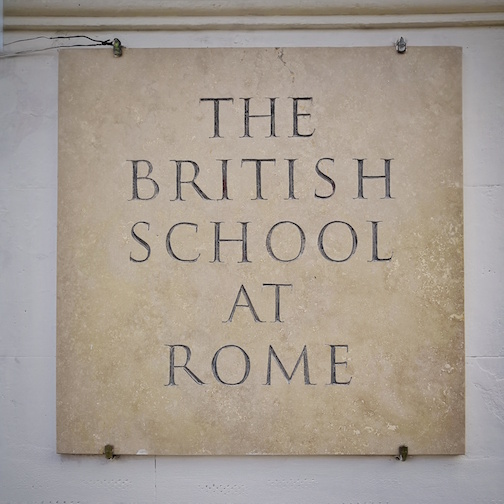
It took a good few months to organise, with plenty of emails back and forth but we managed to agree a date in May. This coincided with a visit of the Ashby Patrons to the BSR.
Flying with wet plate collodion chemistry is deeply frowned upon, so we ordered all the chemistry premixed online and had it shipped to the BSR well in advance. Everything else, excluding the kitchen sink, was packed into a very large suitcase. Unfortunately this weighed over 30 Kilos, so a little creative repacking was needed. I tried to pack for every eventuality but there is a limit to what one can carry. Originally I had planned on driving to Rome from Manchester and making a holiday of it but the timing made it difficult.
My flight arrived Wednesday morning to torrential rain. A car collected me at the airport and took me directly to the BSR just in time for lunch. It was lovely to meet Alessandra after all of our emails, she made me feel very welcome and was enthusiastic for what might happen over the next couple of days. We had a basic idea of what we had planned, we just needed to fine tune it over the next 24 hours or so.
I had a few hours spare in the afternoon so I took a rain soaked walk into the city. I managed to see some of the sights. I’d not been to Rome before.
I had time to visit one photographic exhibition at the Museo di Roma, thanks to Michael Gregorio for letting me know about it via Facebook.
There were numerous examples of salt and albumen prints of Italy alongside daguerrotypes, negatives, cameras and equipment. There was also an exhibition running alongside which included a number of my favourite contemporary photographic artists, as well as some I’d not seen before – Paolo Ventura for one. Amazing!
Alessandra was keen for me to see the photographic archives at the BSR. Some of which we would be using for the presentation and demonstration to the Ashby Patrons on Friday.
Her office space is an artwork in itself, with many treasures in the drawers and shelf spaces. I hadn’t looked that deeply into the collections of the BSR and was pleasantly surprised to see extensive photographic collections stored so well in the basement. It would put many larger institutions to shame. Many of the collections are catalogued and available online.
The majority of photographic works were gelatine dry plate, nitrate film, albumen and silver gelatine prints, including many wonderful albums.
Highlights for me were the Thomas Ashby Collection. I really appreciated the way he mounted his prints in his albums. He mixed his professional photographic research with his more personal travel and family photographs, all in the same album on the same pages.
I was also keen to get a look at the little known Bulwer Sisters Collection and the James Graham Collection. The latter included a number of unseen calotypes. A truly hidden resource. I think a return to the BSR is needed at a later date.
Here are some of Thomas Ashby’s own cameras: these would prove to cause great interest during the coming presentation on Friday.
The last image in the slideshow below shows the wet plate negative I produced as part of the presentation.
As mentioned earlier, the premixed chemistry had been ordered in advance and the majority of equipment needed I brought with me in a variety of suitcases. Everything arrived intact except for just one glass plate which cracked.
The staff at the BSR had adapted one of the cloak rooms into an excellent temporary darkroom, very near to running water and drainage. Probably the cleanest “darkroom” I’ve ever worked in. I was paranoid that I’d make a mess.
The first 36 hours proved to be the most challenging wet plate collodion experience I’ve had in a very long time. As every wet plate photographer can appreciate, arriving at a shoot with unproven, untested chemistry is a challenge some might not wish to accept. I fought with the chemistry every step of the way. Fogging on all plates was an issue. Problem solving takes time and chemistry. Every test plate I made I was conscious I was using chemistry I needed for the next days shoot. The Thursday was meant to be a demonstration for the Fellows and staff of the BSR. It’s a little embarrassing showing a process when its not working at its best.
I was getting fogged plates for a possible number of reasons, the main one being the strength of the bulb in the darkroom “safe” lamp. This was easy to resolve. Even with this removed I was still getting random fogging on the plates. Every possibility was investigated. From light leaks in the camera, room temperature and chemical fogging from the silver bath and developer. In the end I had to put it down to the chemistry being very unforgiving. The silver bath had been iodised by the supplier. The developer recipe I had used before. I was baffled. I managed to minimise the fogging for most of the my plates but it was evident in plates made by others later in the day.
After shooting the plate for the Ashby Patrons on the Friday, I had chemistry left over. I couldn’t take it home with me so we had an impromptu wet plate workshop with the few interested Fellows and staff that were still around. Alessandra, Kirtika and David had obviously been listening attentively as they picked up the techniques needed pretty quickly. I think everyone enjoyed themselves making quarter plate tintypes until the developer ran out.
Oh and that courtyard! There could be worse places to work surely?
Here’s the one plate I was almost happy with, this still has some fogging issues bottom left. A whole plate tintype of artist Kirtika. She was a very patient and inquisitive model/assistant. Thank you.
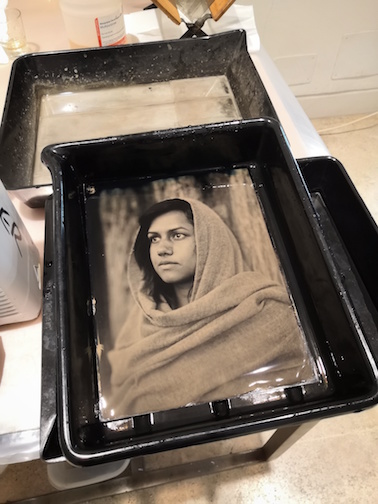
I’d like to thank Michael, Bunny and Phoebe for making me feel so welcome on the first evening. Sitting down for food with complete strangers can be a little daunting but you all made me feel so welcome. Thank you for your time and friendliness during my stay.
I’d also like to thank Alessandra, Stephen, Christine and all the staff at the BSR for making my stay and visit a great time.
Thank you.

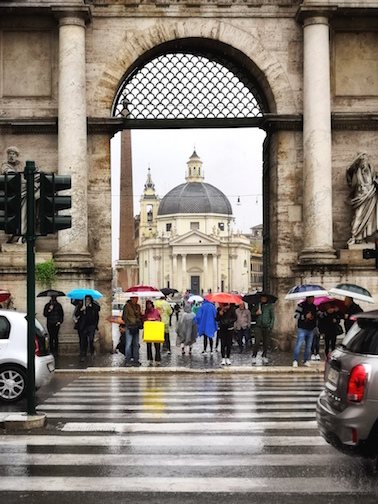

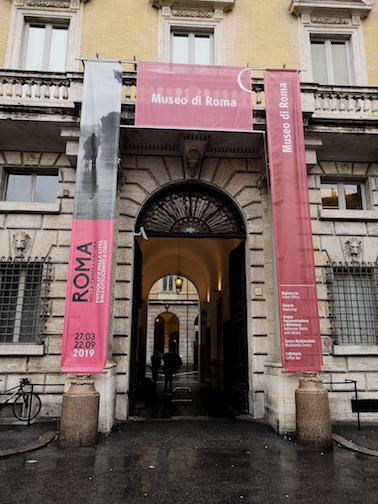


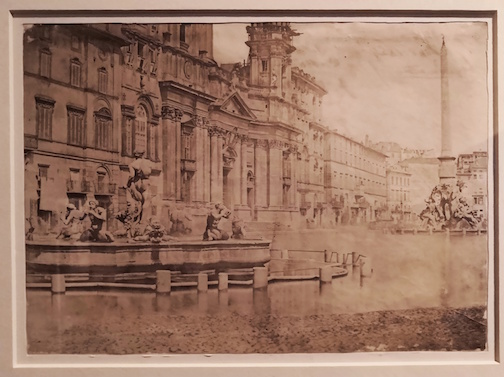
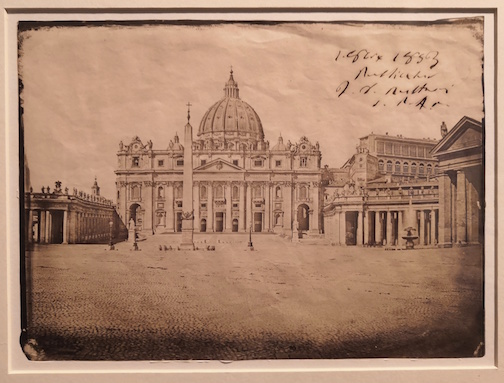



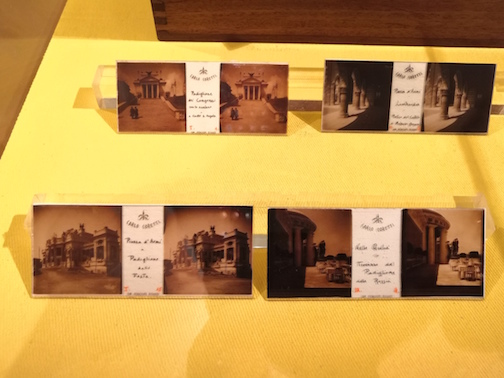


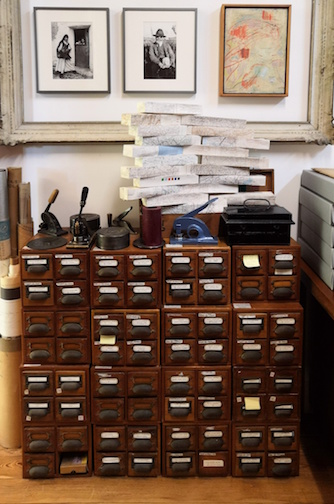

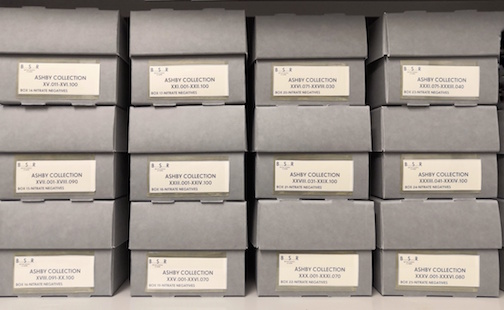

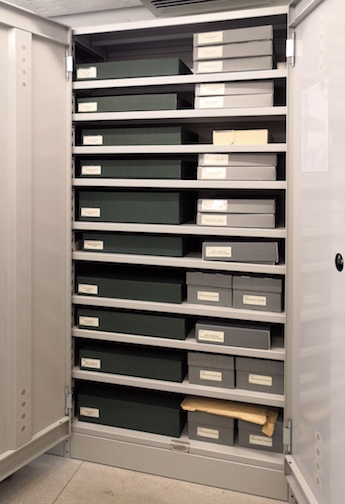




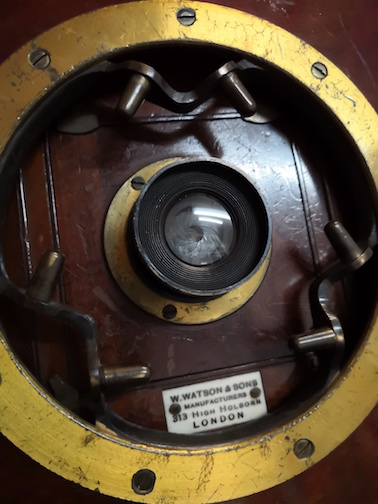

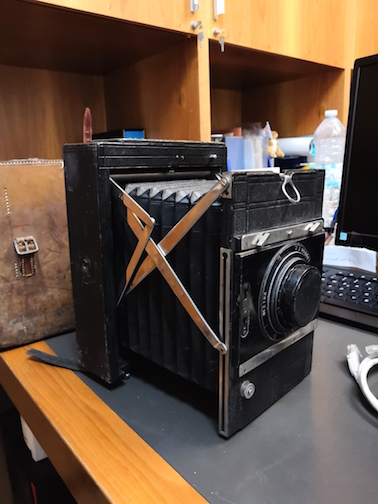










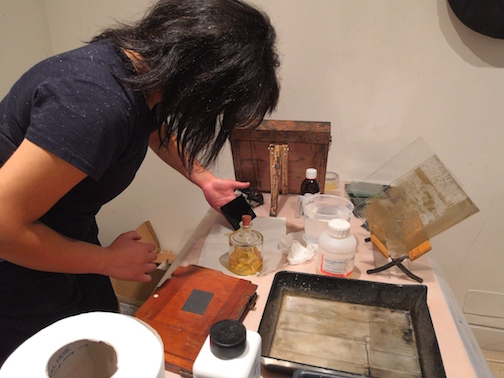
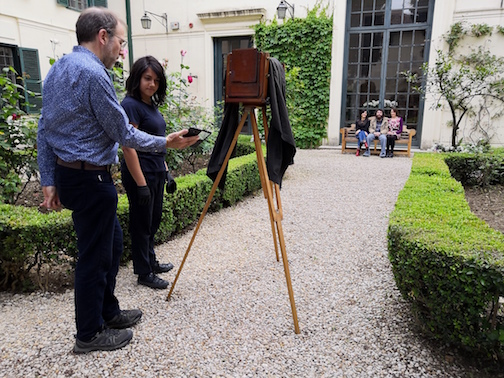

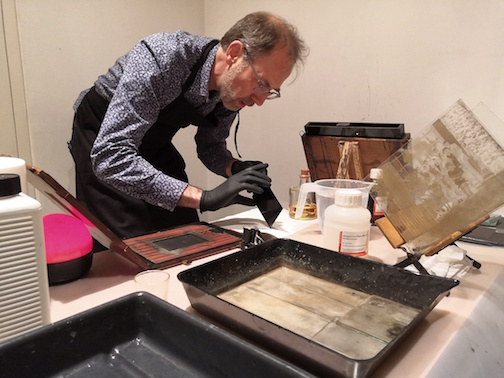
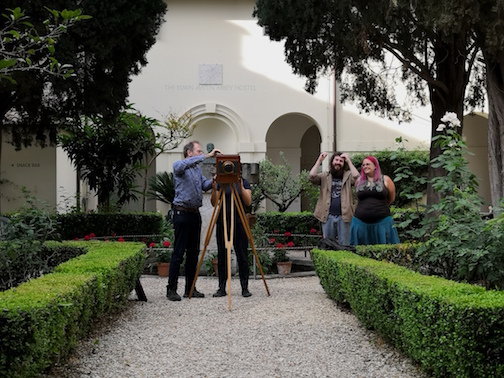
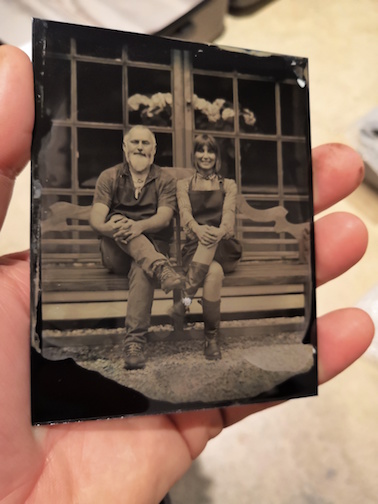
Hi James,
I’ve only today unpacked it all. Everything still intact. The plate I made of the Patrons suffered a few minor scratches and scuffs.
Thanks for the kind words.
Tony
Excellent talk and practical session last Saturday afternoon. Amazing to think how much effort photographers had to go to a hundred years ago but the quality is outstanding. Smartphone camera seems a too easy now. How you managed to get all the kit back to Manchester safely.